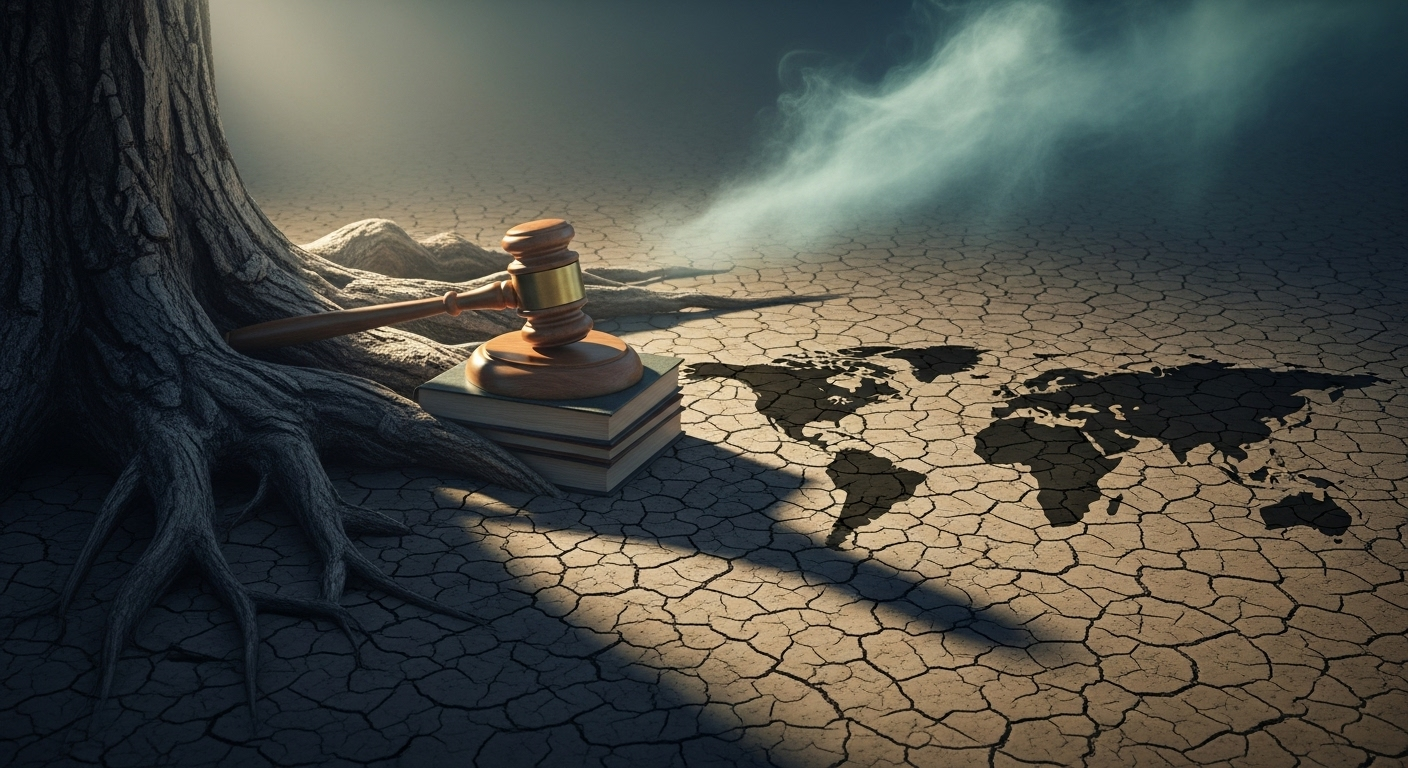Revitalizing Indigenous Legal Systems: A Global Perspective
Introduction: In an era of evolving legal landscapes, the resurgence of Indigenous legal systems is gaining momentum worldwide. This article delves into the intricate process of revitalizing traditional Indigenous laws, exploring their integration with modern legal frameworks and the challenges faced in this endeavor.

Historical Context and Suppression
The suppression of Indigenous legal systems has a long and troubled history. Colonial powers often dismissed or actively suppressed these traditional systems, viewing them as primitive or incompatible with Western legal concepts. This systematic erasure led to the marginalization of Indigenous communities and the loss of valuable legal knowledge. Understanding this historical context is crucial for appreciating the significance of current revitalization efforts.
Key Components of Indigenous Legal Systems
Indigenous legal systems typically encompass a holistic worldview, integrating spiritual beliefs, environmental stewardship, and community well-being. Unlike Western legal systems that often focus on punitive measures, many Indigenous systems emphasize restorative justice and community healing. These systems often feature consensus-based decision-making processes and prioritize the maintenance of social harmony over individual rights.
Challenges in Integration and Recognition
The integration of Indigenous legal systems into modern state legal frameworks presents numerous challenges. One significant hurdle is the codification of oral traditions without losing their essence. Additionally, there are questions of jurisdiction and authority, especially in areas where Indigenous and state laws may conflict. Balancing the preservation of traditional practices with compliance to international human rights standards is another complex issue that requires careful navigation.
Case Studies: Successful Integration Models
Several nations have made significant strides in integrating Indigenous legal systems. In Canada, the Indigenous Courtwork Program supports Indigenous people in navigating the criminal justice system, while also incorporating traditional healing circles and elder councils in legal proceedings. New Zealand’s incorporation of Maori concepts like tikanga (customary practices) into its legal system offers another model of successful integration. These examples provide valuable insights for other nations considering similar approaches.
The Role of International Law
International law plays a crucial role in supporting the revitalization of Indigenous legal systems. The United Nations Declaration on the Rights of Indigenous Peoples (UNDRIP) explicitly recognizes the right of Indigenous peoples to maintain and strengthen their distinct legal institutions. This international framework provides a foundation for national efforts to incorporate Indigenous legal principles and practices.
Impact on Environmental Law and Resource Management
Indigenous legal systems often have sophisticated approaches to environmental stewardship and resource management. As the global community grapples with climate change and environmental degradation, these traditional systems offer valuable insights. The integration of Indigenous legal principles in environmental law could lead to more sustainable and holistic approaches to conservation and resource use.
Education and Capacity Building
A critical aspect of revitalizing Indigenous legal systems is education and capacity building. Law schools in several countries are now offering courses on Indigenous law, and some are developing entire programs dedicated to this field. These educational initiatives are essential for training a new generation of legal professionals who can navigate both Indigenous and state legal systems effectively.
Future Prospects and Global Implications
The revitalization of Indigenous legal systems has far-reaching implications for global legal discourse. It challenges the dominance of Western legal paradigms and opens up possibilities for more diverse and inclusive legal frameworks. As this process continues, it has the potential to enrich legal systems worldwide, offering alternative approaches to justice, governance, and social organization.





